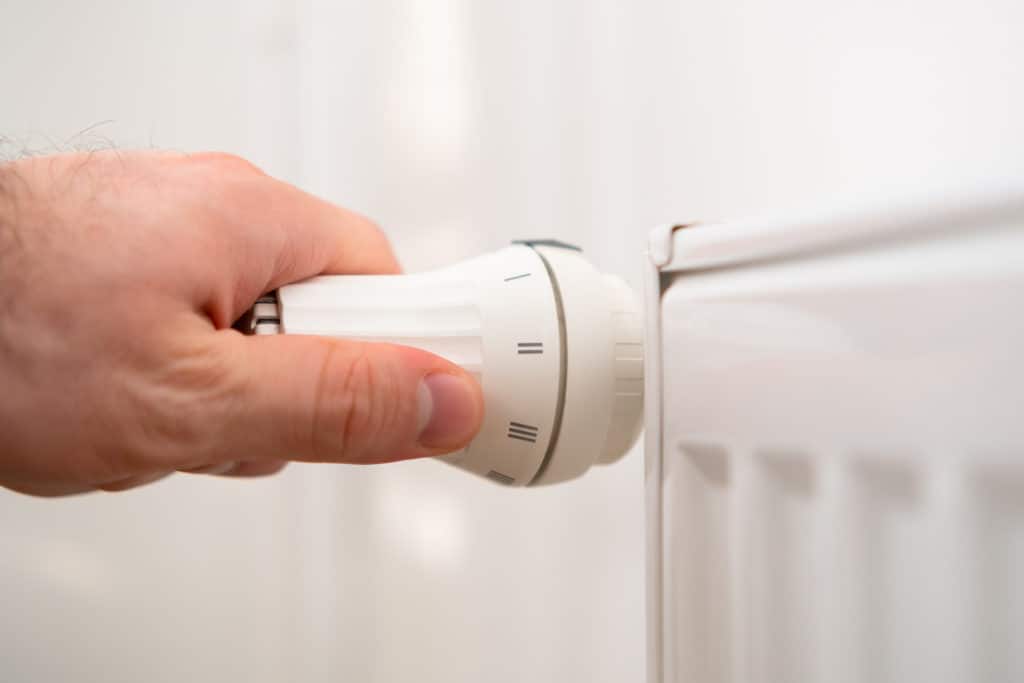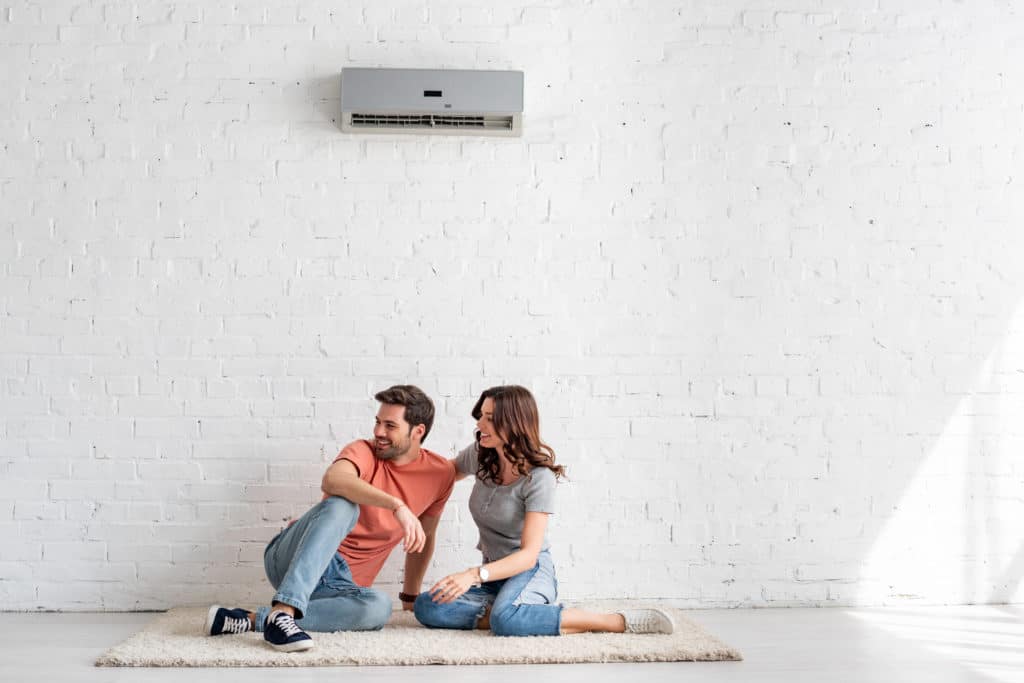Green roofs are becoming increasingly popular in reducing energy consumption in buildings. They reduce the energy requirements for space conditioning, heating, and cooling. They also reduce carbon dioxide emissions. Here are a few advantages if you are considering adding a green roof to your building.

Reduces energy demand for cooling
The energy required to cool buildings is reduced when the roofs are covered with greenery. This effect is significant in hotter climates. Researchers in Aswan, Egypt, have shown that green roofs reduced cooling energy by more than 39%. This is true for all soil depths and thermal conductivity levels. While the energy saved by green roofs was not as significant in other cities, the fact that they are effective in hotter climates shows that this technique is worth considering.
Green roofs also reduce energy consumption by reducing the amount of hot air entering a building. Reducing heat flux is the primary goal of green roofs, and several ways exist. One of these ways is to install thermal insulating materials under the green roof layers. The effect can be significant and may offset the building’s energy demand. The National Research Council of Canada has published a report on this subject.
Green roofs have many benefits that go beyond saving energy. The combination of vegetation, growth media and drainage system can help insulate a building and decrease the heating and cooling required in the winter. By reducing the heat and cooling a building needs, a green roof can help mitigate the effects of climate change.
Green roofs create a more aesthetically pleasing environment and serve an essential purpose when it comes to stormwater runoff. By absorbing and limiting the runoff, green roofs can reduce peak flow rates by up to 65%. This means it would take up to three hours for the water to reach the sewer system – a significant plus. In addition, green roofs provide a natural habitat for local wildlife and can even be recreational green spaces for people to enjoy.
Green roofs can also reduce solar radiation and heat gain. Their increased thermal mass can help the building absorb heat during the day and release it slowly at night. Green walls and roofs can also improve the performance of HVAC systems. By shading outdoor HVAC units, green walls can reduce the operating temperature and make them more efficient. Further, dense vegetation can be planted near HVAC air intakes. This cooler air requires less energy to condition, reducing energy consumption associated with cooling.

Reduces energy demand for heating
One method to reduce heating energy demand in buildings is to install green roofs. These roofs moderate the heat flux through the building envelope. Several variables are involved, including the design of the green roofs, the type of soil, and the air temperature. The following are the results of a study on the efficiency of green roofs.
Green roofs are a cost-effective solution. Studies show they can reduce winter fuel bills by up to 10 percent. One study showed that green roofs could reduce the cooling demand by up to 6% in buildings with upper floors. The savings were even more significant for two-story buildings.
The most successful green roofs were assessed for thermal performance when the soil depth was 0.1 m. These roofs were compared to traditional models in selected regions, and results were evaluated using operative temperature and meant radiant temperature on 15th April.
Another significant benefit of green roofs is their ability to reduce the urban heat island effect. The vegetation on a green roof absorbs solar radiation, reducing the temperature of the building. This reduces the energy demand on mechanical systems and allows the building to cool more efficiently. This effect is precious in buildings with a high roof-to-wall ratio.
A green roof can also reduce air pollution and greenhouse gas emissions. Vegetation removes pollutants from the air and reduces greenhouse gas emissions through carbon sequestration. It can also act as an insulator for buildings, reducing the amount of energy required for heating and cooling. It can also improve indoor comfort.

Reduces energy demand for space conditioning
Green roofs and walls can potentially reduce energy demand for space conditioning. They can be strategically installed to minimize heat transfer and shade outdoor HVAC units. This makes HVAC units more efficient by reducing the temperature they need to operate. Dense vegetation can also be located closer to HVAC air intakes, resulting in cooler air requiring less energy to condition.
There are many benefits to installing a green roof. It can reduce energy use, improve stormwater management, and increase the value of a building. Green roofs also reduce noise and electromagnetic radiation. In addition to reducing energy demand, they also reduce the effects of urban heat islands. Furthermore, they are beneficial in treating mental health conditions, such as depression.
In addition to reducing energy use, green roofs can reduce air conditioning bills. The National Research Council of Canada has published a report on extensive green roof installations. The researchers found that the reduction in cooling energy consumption depends on the soil depth and thermal conductivity of the soil.
The researchers used a thermal simulation tool to study the energy impact of various green roof types on school cooling loads. The estimated energy consumption based on changes in soil depth and thermal conductivity showed that green roofs could significantly reduce energy demand. The results from this study indicate that green roofs can reduce the energy use of schools.
A study shows that green roofs can lower energy demands by up to 75%. Not only does this save energy, but it can also lower the temperature of buildings – especially in spring – better than any other roofing system.
Reduces carbon dioxide emissions
Green roofs have several benefits, including energy savings and heat island effect mitigation. They also help to sequester carbon dioxide. The plants and growth media on green roofs absorb carbon through biological processes. This reduces emissions from power plants and furnaces. In addition, green roofs are excellent insulators, reducing heating and cooling needs.
A factor of two or three increases the life of a green roof membrane. A green roof may last up to fifteen to twenty-five years. Additionally, green roofs save carbon from producing new materials and avoid waste volume and transport. Hence, green roofs are a valuable investment for many building owners.
A green roof can also help protect terrestrial and freshwater ecosystems. It is also helpful for the preservation of historic buildings and monuments. It also reduces energy costs. However, there are specific challenges with green roofs. Unlike grass seed, green roofs are more complex to install.
Researchers at Michigan State University have found that green roofs can reduce carbon dioxide emissions by up to 375 grams per square meter. In addition, green roofs help reduce the air conditioning load of buildings. A study of thirteen green roofs shows that they reduce carbon dioxide emissions by a staggering 375 grams per square meter.
The researchers at Berkeley Lab in California also conducted a study to calculate the carbon dioxide offset generated by a green roof. They used a global land surface model from NASA Goddard Space Flight Center, including surface variables information. The results of this study show that a green roof could offset approximately 26 gigatons of CO2 annually, which is an incredible amount.
Many other ecological and social benefits are associated with green roofs, including reduced energy use. These benefits can contribute to improved health, better air quality, and reduced carbon dioxide emissions. Green roofs are a critical component of urban development planning. These green roofs can benefit both the private and public sectors.



